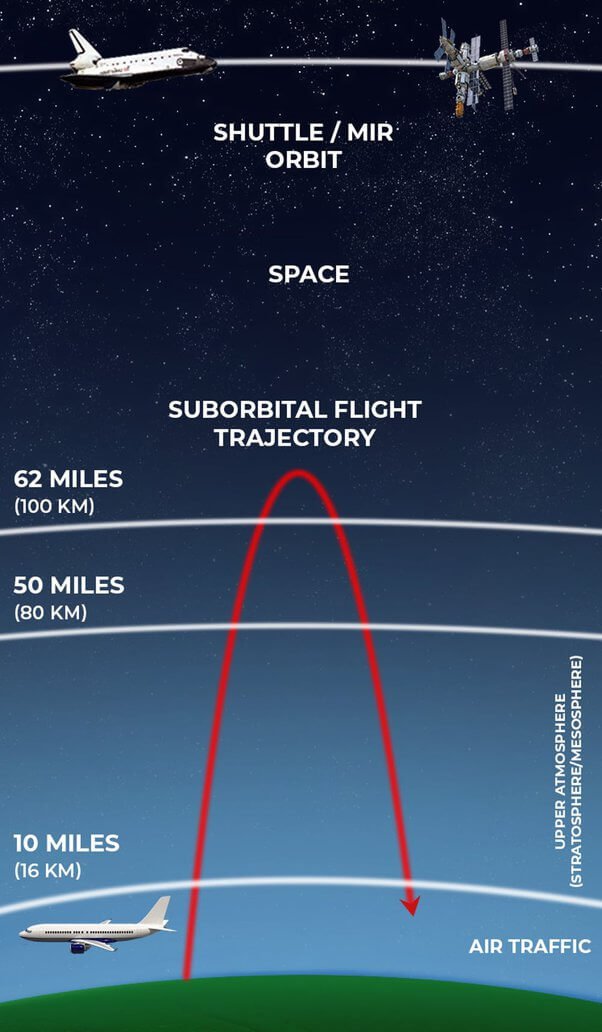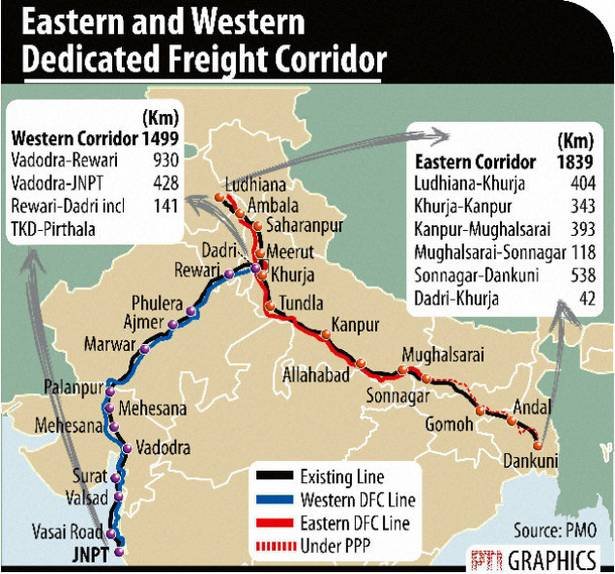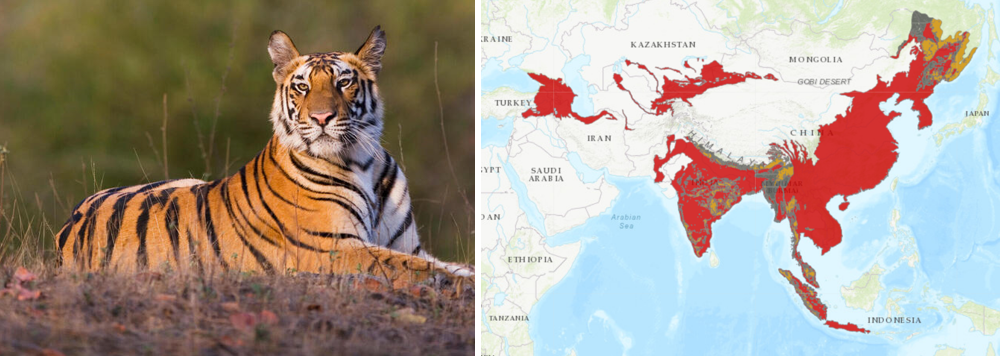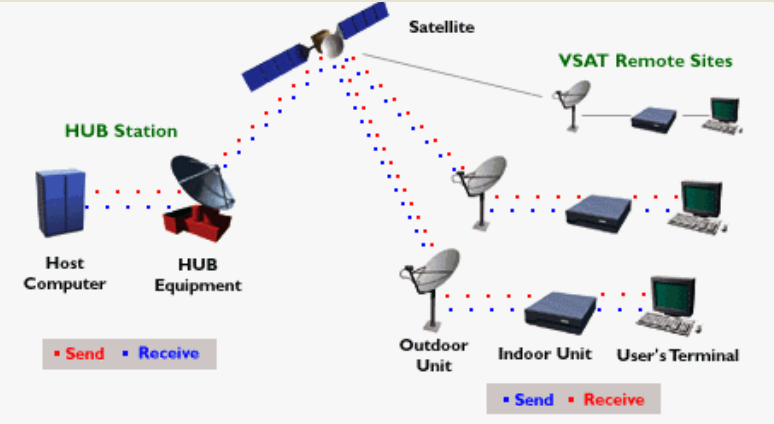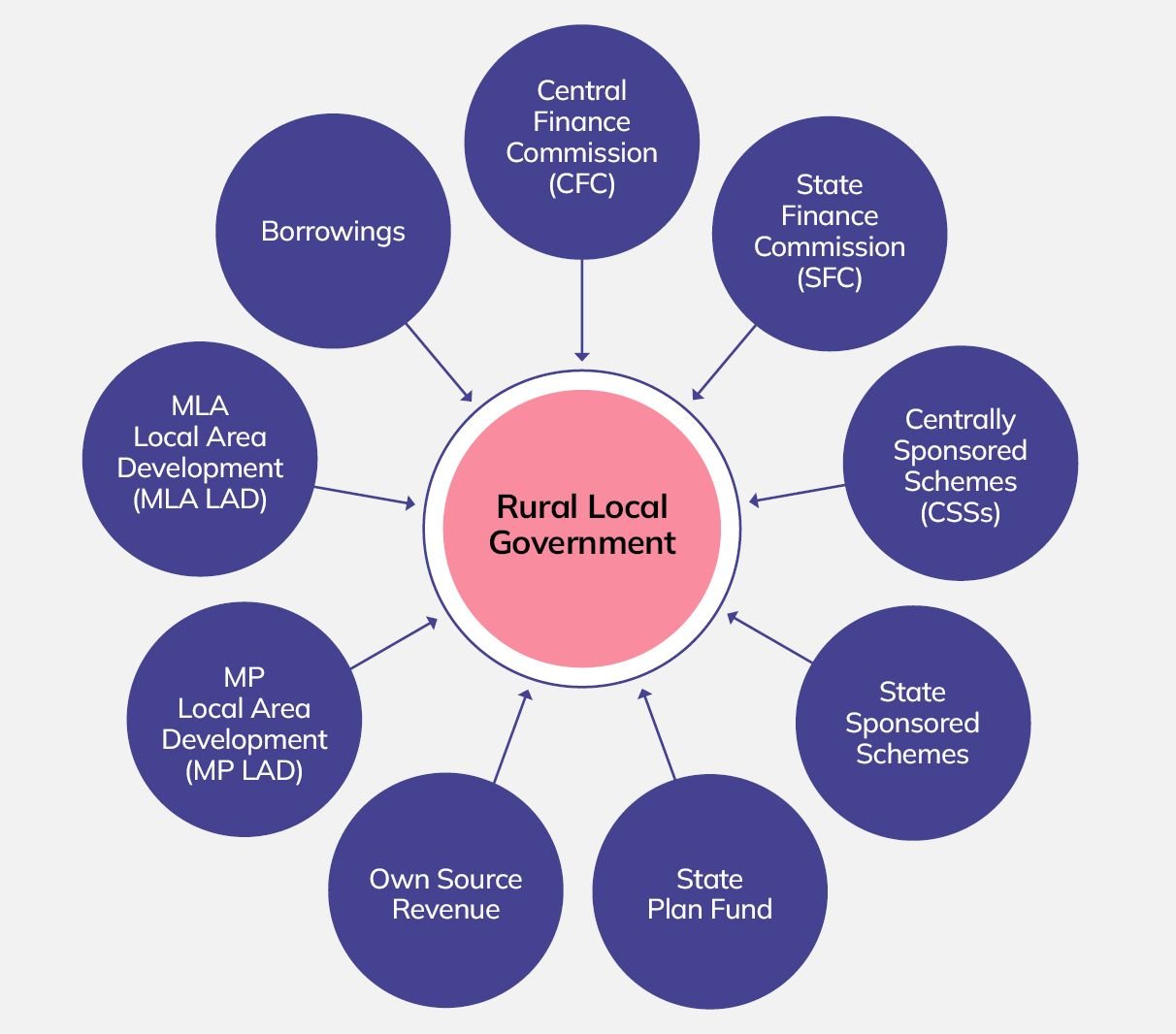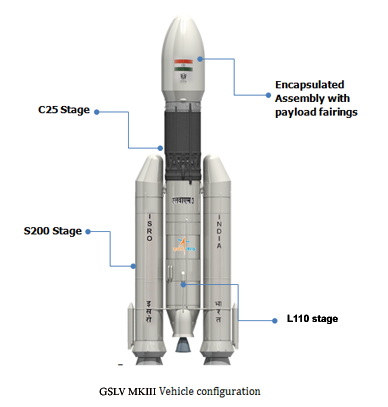
Fine soil-like materials (FSLM)
Subscribers of "Current Affairs" course can Download Daily Current Affairs in PDF/DOC
Subscribe to Never Miss an Important Update! Assured Discounts on New Products!
Must Join PMF IAS Telegram Channel & PMF IAS History Telegram Channel
- Context (DTE): Fine soil-like materials (FSLM) recovered from legacy dumpsites may contain contaminants; therefore, they must be tested before being used in any application.
- FSLM is produced during the Biomining (bioremediation technique) of waste dumpsites.
- FSLM is the largest component obtained from landfill mining. It has little or no economic value.
- FSLM, comprises particles smaller than 6 mm. Fine materials in 4-6 millimetres are called ‘bio-earth’ or ‘good earth’ materials.
Biomining
|
Application of FSLM
- Soil enricher.
- Filler material for low-lying areas.
- Used in road construction.
- Brick making.
Issues
- As per Central Pollution Control Board guidelines, FSLM must comply with the Fertilizer Control Order standards to be used as a soil enricher. However, in most cases, they do not comply.
- They are not tested for toxic metals before being used as a filler material.
- Heavy metal contamination is a significant risk associated with using untested FSLM.
- Toxic metals (lead, mercury, cadmium, and arsenic) can harm human health.
- Additionally, heavy metals have the potential to accumulate in plants and animals. This can lead to bioaccumulation.
Way forward
- The comprehensive “Guidance document for assessment and remediation of contaminated sites in India” by MoEFCC serves as a roadmap for tackling the issue.
- It sets clear boundaries for acceptable levels of heavy metals and toxic contaminants through two key sets of standards (Environmental Quality Standards (EQS) and Threshold Limit Values (TLV)).
- These standards can be utilised to assess the gainful application of FSLM recovered from landfill waste.




![PMF IAS Environment for UPSC 2022-23 [paperback] PMF IAS [Nov 30, 2021]…](https://pmfias.b-cdn.net/wp-content/uploads/2024/04/pmfiasenvironmentforupsc2022-23paperbackpmfiasnov302021.jpg)

